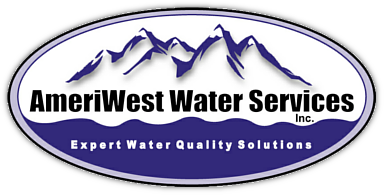As discussed previously the threshold effect with these blended phosphates allows for their use at dosages far below the expected molecule to molecule level. General factors of the treated water to consider are the basic chemicals of iron, manganese and hardness, and physical concerns like temperature and pH. Most sequestering and corrosion problems can be handled by dosages less than 2 mg/L. Scale control and cleaning of the distribution system in conjunction with a thorough flushing program may require up to 5 mg/L initially but can usually be reduced and maintained at doses of 1mg/L.
Chlorine with out pH asdjustment is oxidative and not very biocidal.
